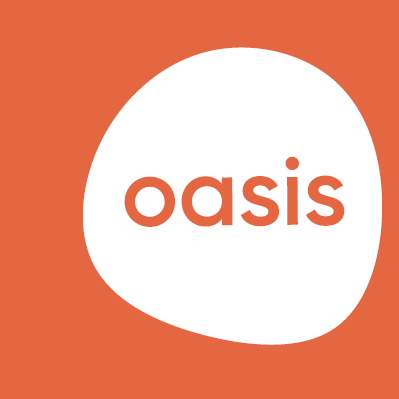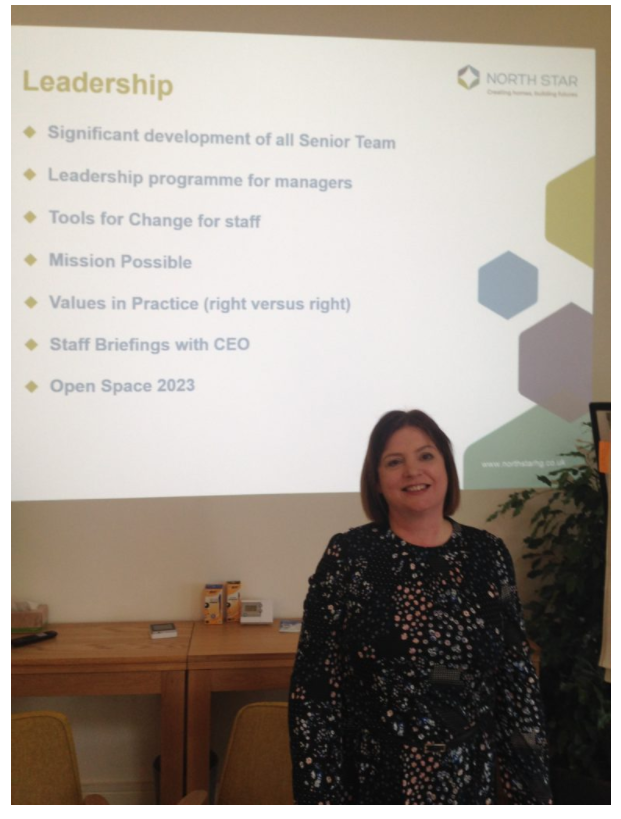What does it really take to be a resilient organisation?
North Star is a housing association based in Stockton-On-Tees with 4,000 units and 100 employees. Kath was talking us through the question: “What does it really mean to be a resilient organisation?”
She focused on the diagnostics, leadership and relationships elements.
Kath challenged the standard definition of resilience as something aggressive, or the ability to bounce back. “In North Star we see it as human, vulnerability, caring about people, living with uncertainty, coping with change,” she said.
She talked through the North Star journey using diagnostics. In 2011 the organisation was in the Sunday Times Top 100 Best Companies, had Investors in People silver, and high levels of customer satisfaction, but there were high levels of work-related stress and sickness absence. They undertook a wellbeing survey that provided a starting point and some quick wins, including a policy overhaul, review of occupational health, and monthly reporting to see departmental trends.
The survey found that there was inconsistent management, strategic direction and leadership.
Kath said: “We invested in our management team because we knew that was where we could change things.”
The senior leadership team now have one-to-one development, which Kath describes as like a gym for the mind. Alongside this development programmes for managers and staff have created a shared narrative and language, and understanding of each other’s temperaments and drivers.
In break out groups we discussed when we had been at our most resilient, as people and as organisations, and the most important components of resilience. Suggestions included being able to look ahead, having a strong social network, a strong sense of connection and contribution to the organisation’s purpose.
For the relationship element Kath highlighted investment in one-to-one development, and the use of facilitated conversations, learning circles, mediation, and self and peer assessment.
The results speak for themselves: in 2012/3 time lost to sickness stood at 4.22%. In 2016/17 it had dropped to just 1.4%. The cost of absence had gone down by a third. Staff turnover had reduced by 8% and the business surplus was up by £1.7 million. As well as other external awards, including Investors in People Gold, North Star won the BUPA Business in the Community Wellbeing Award for 2016.
Kath puts all this down to: “Excellent leadership, relationships built on trust, and using statistics, trends and reports.”
Learn more about the Oasis Raw Network. Contact us for more information on how we can help embed employee wellbeing through our oasis counselling services.


